Rank Genus | ||
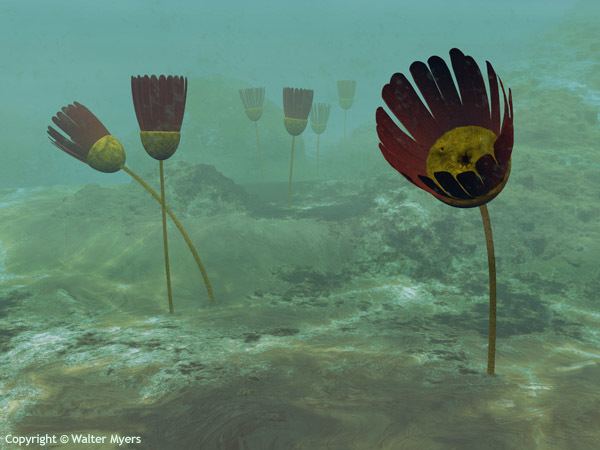 | ||
Similar Marrella splendens, Olenoides, Canadia, Eldonia, Opabinia | ||
Dinomischus is a rare fossil animal from the Cambrian period. It reached 20 mm in height, was attached to the sea floor by a stalk, and looked loosely like a flower. The cup-shaped body at the top of the stalk probably fed by filtering the surrounding seawater, and may have created a current to facilitate this. Its mouth and anus sat next to one another.
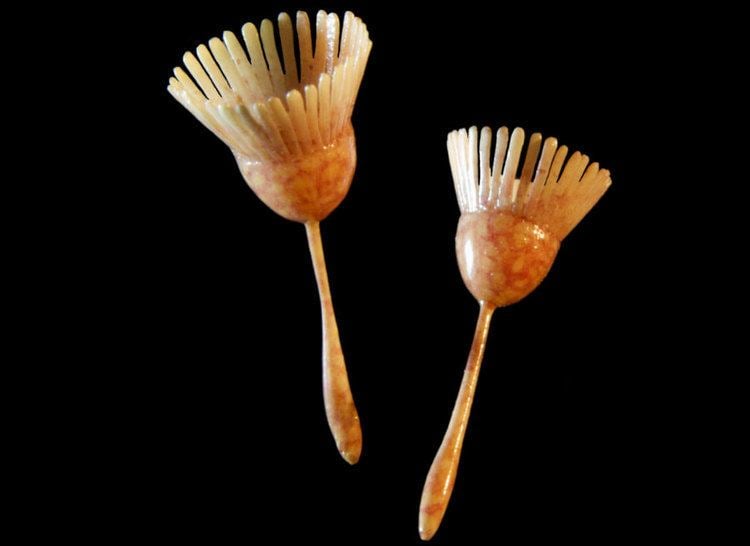
In his pioneering excavations of the Burgess Shale, Charles Doolittle Walcott excavated the first, and at the time only, specimen. It had evidently caught his eye, for he had taken the trouble to carefully photograph it—but he never found the time to describe the organism, and it was not until 1977 that Simon Conway Morris described the animal. He tracked down two further specimens, collected by further expeditions by teams from Harvard and the Royal Ontario Museum, allowing him to produce a reconstruction.
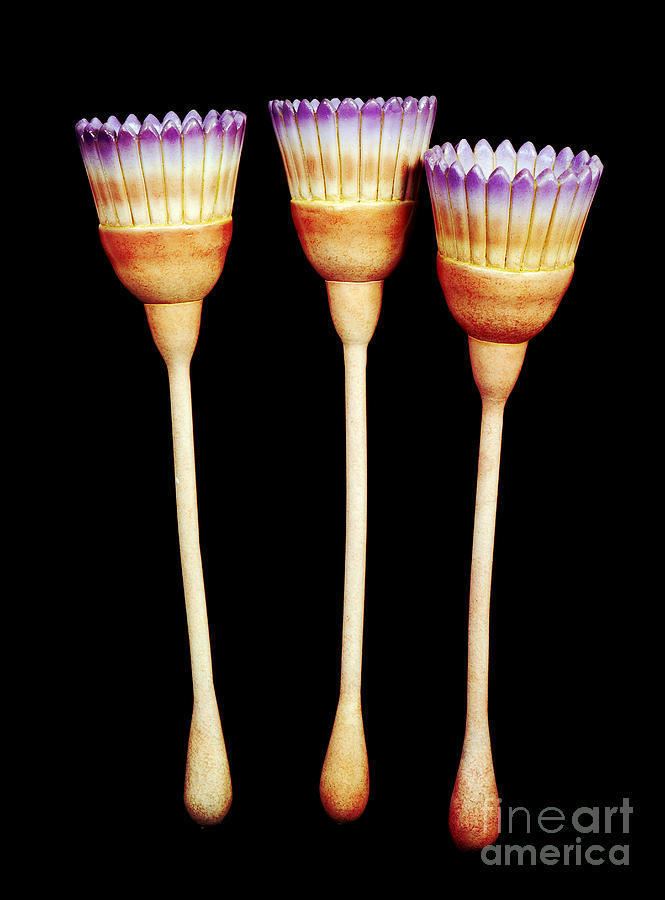
He was not able to say much about the organism. It consisted of a calyx (or body) on a long, thin stalk, surrounded by a whorl of 18 short "petals", which enclosed both openings of its U-shaped gut. The presence of this gut identified it as a metazoan, and the stem implied that it lived permanently attached to the sea floor by a small holdfast. The twenty or so "petals" borne by each organism were solid, plate-like structures, about two thirds the length of the calyx. It is speculated that they may have been covered with cilia—fine hairs—which would have wafted food down towards the organism's mouth. A number of affinities were considered, but on the basis of available evidence it didn't quite seem to fit into any extant phylum. The most similar organisms were the much smaller entoprocts, but even these modern organisms are difficult to classify.
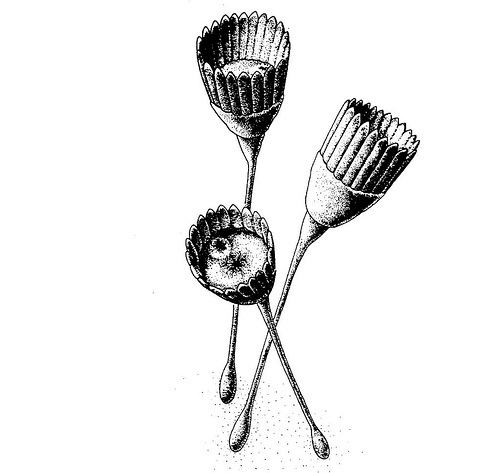
Further specimens have since been produced by similarly spectacular fossil sites in China. 13 have been found in the Chengjiang, then in 2006 one specimen was identified within the Kaili Formation. These organisms merited the erection of a new species, D. venustus, as their corrugated "petals" possessed radial rays. However, these new data have added little to the debate; while a suggestion of echinoderm affinity has been floated, no phyla are compellingly similar to the organism. Other modern ideas, even if a little tenuous, include a suggestion that the organism may have been parasitic, dwelling on the carapaces of larger organisms. 13 specimens of Dinomischus are known from the Greater Phyllopod bed, where they comprise < 0.1% of the community.
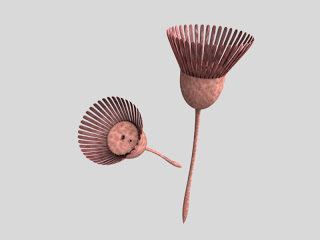
Dinomischus is not the only organism of its kind in the Cambrian; a similar, larger organism known as the "tulip animal" has also been recovered, but not yet described, from the Burgess Shale. It has also been likened to Eldonia and Velumbrella, although unlike Dinomischus these medusoid organisms have tentacles.

